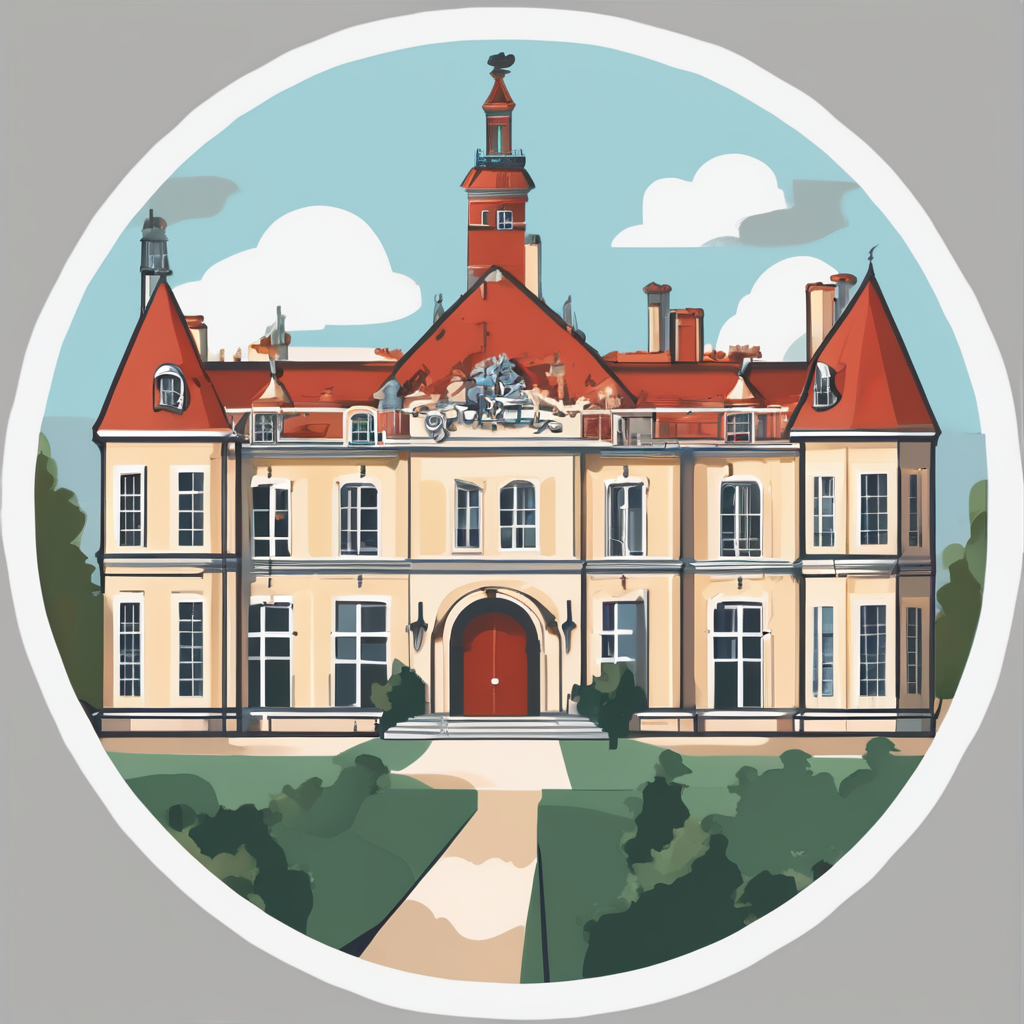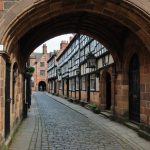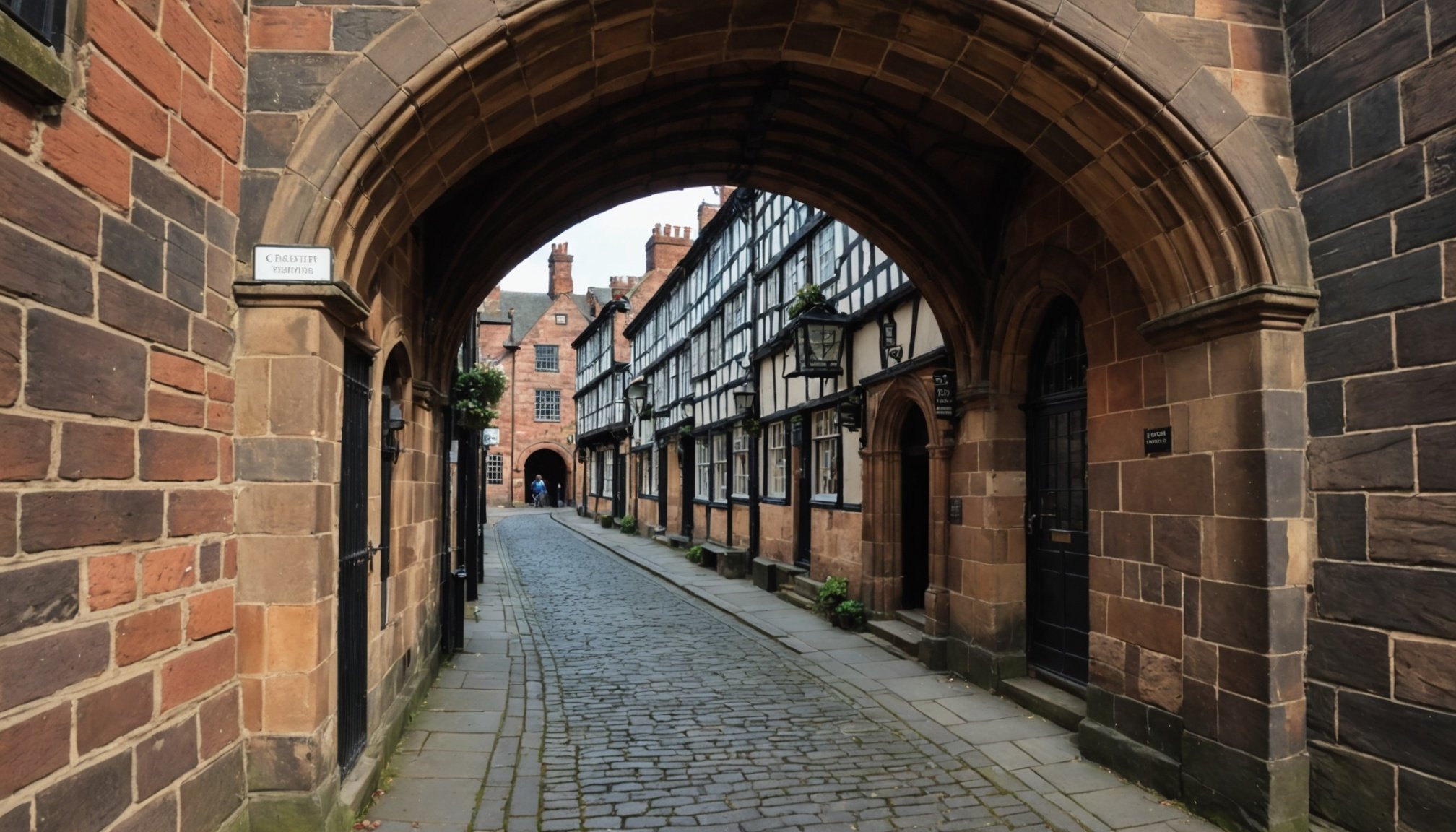Chester, a city brimming with history and charm, offers more than meets the eye. While the city walls, Chester Cathedral, and the Roman amphitheatre may draw the crowds, there are many lesser-known historical sites in Chester that should pique your interest as a history enthusiast. Delve into the rich tapestry of Chester’s past and uncover the hidden gems that make this city in Cheshire uniquely fascinating.
Discover the Riverside Charm of Chester
The River Dee meanders through Chester, adding a picturesque backdrop to its historical landscape. While the river itself is well-known, the hidden gems along its banks are often overlooked. Strolling along the river offers a pleasant mix of nature and history, presenting the perfect landscape to uncover these quieter sites.
In parallel : Discover the Best Guided Tours of the Jurassic Coast: Uncover Nature’s History!
The Dee Bridge and Lesser-Known Riverbank Sites
The Dee Bridge, an ancient structure originally built by the Romans, has undergone several reconstructions. However, its essential role in facilitating commerce and movement through Chester remains unchanged. Just a short walk from the bridge, you will find memorials and smaller historical markers that tell tales of bygone eras. These markers often go unnoticed by the throngs of visitors heading to more prominent attractions but offer a unique glimpse into Chester’s past.
White Horse Inn: A Hidden Historical Treasure
Tucked away near the river is the White Horse Inn, an establishment with a storied history dating back to the 17th century. This lesser-known site retains much of its original character and charm, providing an authentic experience for those who seek it out. The White Horse Inn is not just a place to grab a drink but a portal into the daily lives of Chester’s inhabitants from centuries ago.
Also to discover : What is the best way to explore the Lake District by bicycle?
The River Dee area provides a serene setting for exploring Chester’s hidden historical sites. These lesser-known locations add depth to your understanding of the city, offering a quieter but equally compelling historical narrative.
Explore Chester’s Hidden Historical Districts
Beyond the well-trodden paths, Chester boasts several districts rich in history that are often overshadowed by more famous sites. These areas offer you the chance to dive deeper into Chester’s history and discover stories that are not typically covered in guidebooks.
The Quaint Township of Handbridge
Just south of the river, Handbridge is a historical district that has retained its village atmosphere despite being part of the city. This area is home to several lesser-known sites, including ancient bridges and medieval buildings. Walking through Handbridge, you will encounter St. Mary’s Church, a less-visited but architecturally significant building dating back to the 14th century.
The Hidden Gems of Boughton
Another district worth exploring is Boughton, located to the east of the city center. This area is rich in Roman history, with remnants of Roman roads and structures that are often missed by casual visitors. Boughton Heath, in particular, offers an unspoiled glimpse into Chester’s Roman past, with archeological sites that have yet to gain widespread attention.
Exploring these lesser-known districts allows you to appreciate the full historical depth of Chester. Each street, building, and landmark in these areas contributes to the city’s vibrant historical tapestry.
Visit Lesser-Known Museums and Historical Buildings
While Chester’s main museums like the Grosvenor Museum are well-visited, there are several smaller, lesser-known museums and historical buildings that offer unique insights into the city’s past.
The Cheshire Military Museum
One such hidden gem is the Cheshire Military Museum. Located within Chester Castle’s grounds, this museum offers a comprehensive look at the military history of the Cheshire Regiment. The museum is quieter than more prominent attractions, providing a more intimate and focused exploration of local military history.
The Minerva Shrine
Another fascinating yet often overlooked site is the Minerva Shrine, located in Edgar’s Field. This Roman shrine dedicated to the goddess Minerva offers a unique glimpse into the religious practices of Chester’s ancient inhabitants. The shrine, carved directly into the rock, is one of the few remaining in-situ Roman shrines in Britain and is a must-see for those interested in ancient history.
Bishop Lloyd’s Palace
Tucked away on Watergate Street is Bishop Lloyd’s Palace, a beautifully preserved Jacobean townhouse that many visitors miss. With its intricate wooden facade and rich interior, this historical building offers a unique insight into the domestic architecture and lifestyle of 17th-century Chester.
These lesser-known museums and historical buildings provide a deeper understanding of Chester’s rich and varied past. Each offers a unique perspective, adding to the overall historical narrative of the city.
Delve into Chester’s Roman History
Chester’s Roman heritage is well-documented, but beyond the well-known Roman amphitheatre and city walls, there are several lesser-known sites that provide a more nuanced view of Roman Chester.
The Roman Gardens
Just a short walk from the amphitheatre, you will find the Roman Gardens. While not exactly hidden, these gardens are often less crowded, providing a peaceful space to contemplate the city’s ancient past. The gardens feature original Roman artifacts, including columns and mosaics, and offer a quieter exploration of Chester’s Roman heritage.
The Hypocaust at the Roman Fortress Baths
Another lesser-known Roman site within Chester is the hypocaust system at the Roman Fortress Baths. This ancient underfloor heating system, located in the basement of a modern building, showcases the advanced engineering skills of the Romans. It’s a hidden treasure that offers a fascinating insight into daily life in Roman Chester.
The Amphitheatre’s Lesser-Known Features
While the Roman amphitheatre is one of the city’s most famous attractions, its lesser-known features often get overlooked. For instance, you can explore the underground passages and chambers that were used by gladiators and performers. These hidden aspects of the amphitheatre provide a deeper understanding of the site’s history and significance.
Exploring these lesser-known Roman sites allows you to appreciate the full extent of Chester’s ancient heritage. Each site offers a unique and often overlooked perspective on Roman life in the city.
Embrace the Hidden Gems of Chester’s Architectural History
Chester’s architecture is renowned for its distinctive black-and-white buildings, but beyond these iconic structures lie several hidden gems that are equally fascinating.
Eastgate Clock: Beyond the Iconic Facade
While the Eastgate Clock is one of Chester’s most recognizable landmarks, the history behind it is less commonly known. As you admire the clock, take a moment to delve into its origins and significance. Installed in 1899 to commemorate Queen Victoria’s Diamond Jubilee, the clock stands on the site of the original Roman entrance to the city. Understanding this context adds depth to your appreciation of this iconic structure.
The Water Tower and Bonewaldesthorne’s Tower
Situated at the northwest corner of the city walls, the Water Tower and Bonewaldesthorne’s Tower are often overlooked by visitors. The Water Tower, constructed in the 14th century, was originally built to defend the city and control access via the River Dee. Today, it houses a small museum that provides insights into Chester’s medieval defenses and maritime history. Bonewaldesthorne’s Tower, adjacent to the Water Tower, offers panoramic views of the city and river, making it a rewarding find for those who seek it out.
Chester Castle’s Hidden Corners
While Chester Castle is a prominent historical site, several of its features are less well-known. The Agricola Tower, for instance, houses a medieval chapel adorned with exquisite frescoes that are often missed by casual visitors. These frescoes, depicting biblical scenes and medieval life, offer a unique window into the artistic and religious practices of the time.
Exploring these lesser-known architectural gems allows you to appreciate the full range of Chester’s historical and aesthetic diversity. Each structure, with its unique history and features, contributes to the rich architectural tapestry of the city.
Discovering the lesser-known historical sites in Chester enriches your visit, offering a deeper and more nuanced understanding of the city’s past. From the serene banks of the River Dee and the charming districts of Handbridge and Boughton, to the hidden corners of Chester Castle and the architectural marvels like Eastgate Clock, these sites provide a more intimate connection with Chester’s rich historical tapestry.
Exploring these hidden gems allows you to step off the beaten path and uncover the stories that have shaped Chester over the centuries. Each site, whether a quiet riverside memorial or an ancient Roman shrine, adds a unique chapter to the city’s vibrant history. So, next time you visit Chester, take the time to seek out these lesser-known historical sites and experience the city in a new and enriching way.











